Hot Products
- Lavender Essential Oil
- Jasmine Essential Oil
- Rose Essential Oil
- Ylang Ylang Essential Oil
- Patchouli Essential Oil
- Sandalwood Essential Oil
- Helichrysum Essential Oil
- Neroli Essential Oil
- Chamomile Essential Oil
- Clary Sage Essential Oil
- Eucalyptus Essential Oil
- Lemon Essential Oil
- Lemongrass Essential Oil
- Orange Essential Oil
- Peppermint Essential Oil
- Rosemary Essential Oil
- Tea Tree Essential Oil

<< Home << Hyssop Oil
Hyssop Oil
Hyssop Oil
Widely found in the area of Europe around the Mediterranean Sea, the Hyssop plant is about 60 cm (2 feet) high with a hairy woody stem. It has small leaves and it is the blue or purple flowers, which provide the source of the essential oil. This plant is a particular favorite with bees.
| General Name: | Hyssop Oil |
| Botanical Name: | Hyssopus officinalis |
| Method of Extraction: | Steam pressed method |
| Part of Plant Used: | Leaves and flowers |
| Origin: | Slovenia |
| Application: | Hyssop oil helps in anxiety and fatigue. It is very useful during convalescence as a tonic. It is effective in colds, coughs, sore throats, influenza, bronchitis, asthma, and tonsillitis. Hysoop oil balances the water retent. |
| Strength of Aroma: | Average |
| Color: | Pale yellow |
| Blends Well With: | It easily blends with Eucalyptus, Ravensara, Niaouli, Cajeput, and Myrtle. |
| Aromatic Scent: | Hysoop oil has a warm and sweet smell. |
| History: | Hysoop was used by Hippocrates and was derived from the Hebrew word 'ezob' which means 'holy herb'. It was also used for purifying sacred places and as a strewing herb in the middle ages. |
| Precautions: | Hyssop oil is non-irritant and non-sensitizing, but contains pinocamphone and should therefore be used in moderation and should be avoided during pregnancy and by people suffering from epilepsy. |





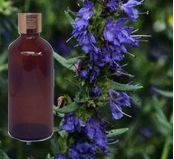

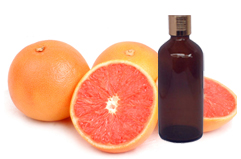
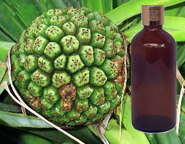
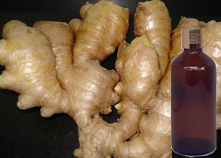
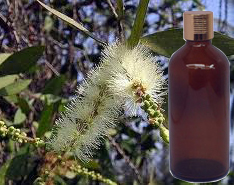

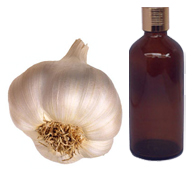
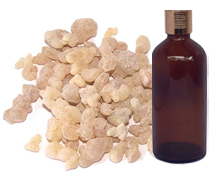
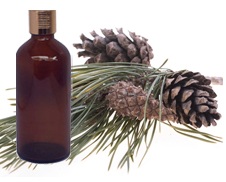
 E-mail:
E-mail:  MSN:
MSN: SKYPE:
SKYPE: